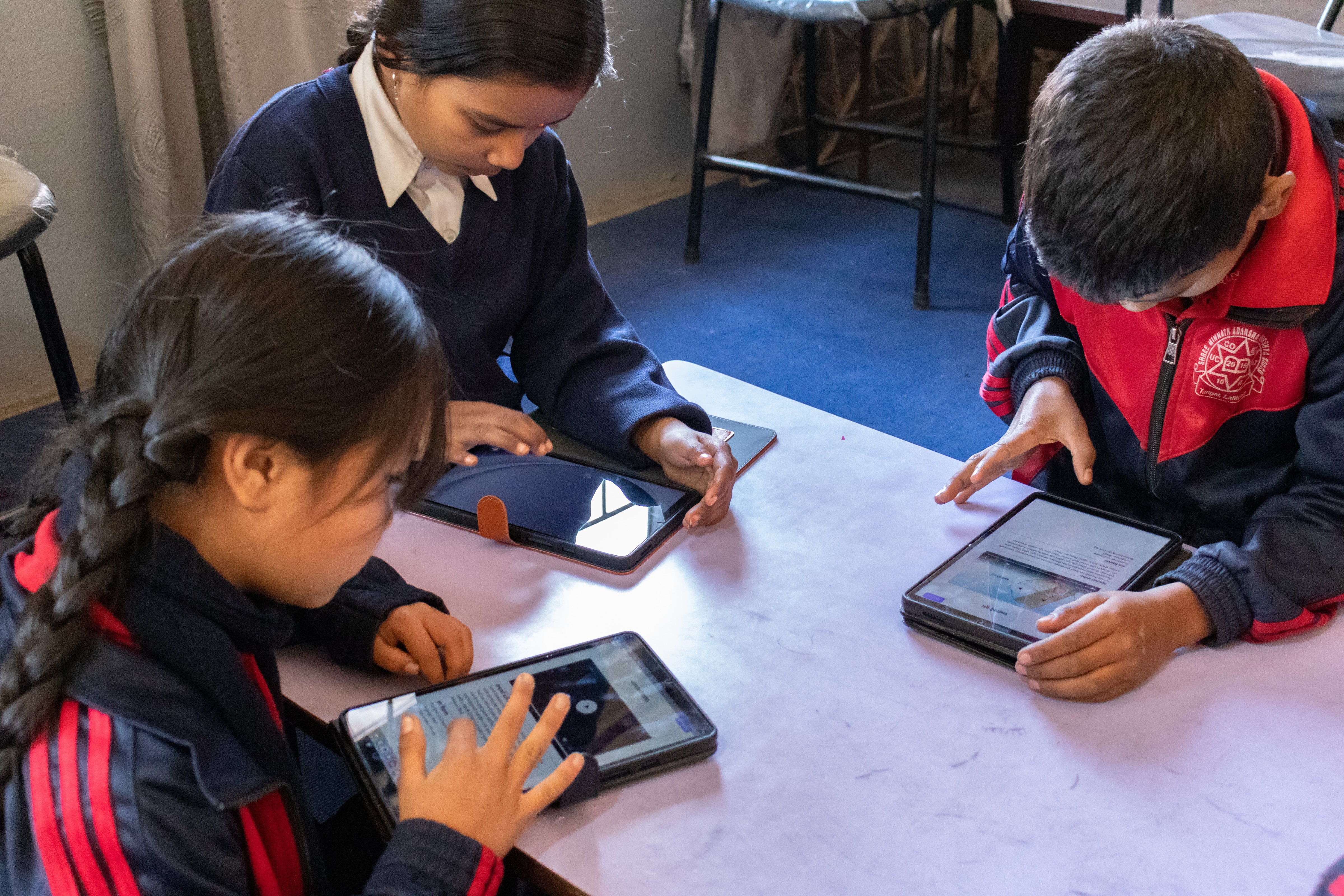
Reflections from the first phase of activities at Minnath Adarsha Sikshya Sadan Basic School
April 2, 2025 Team Reflections OLE Nepal
By the end of March 2025, we carried out the first phase of field activities at Minnath Adarsha Sikshya Sadan Basic School in Lalitpur Metropolitan City, one of the five project schools in the ONGD-LLEST project. During this period, our efforts went beyond deploying an offline server equipped with E-Pustakalaya, E-Paath, and Hamro Ramailo Kathaharu (HRK) collection and tablets for accessing those contents. It was also an opportunity to engage directly with both students and teachers, allowing us to gain insights into their learning needs and educational contexts. We organized a series of interactive workshops and training sessions, where teachers and students learned about the digital learning platform, explored the role of technology in enhancing education, and reflected on how it can help teaching and learning practices. Additionally, a student survey assessed foundational numeracy and reading skills, helping us identify key gaps that inform the development of learning materials for our ongoing interventions.
The Teachers’ Focus Group Discussion (FGD) and Workshops provided a space for reflection on the role of education and technology in the classroom. Over three days, teachers engaged in discussions, creative exercises, and hands-on training, exploring how digital tools could enhance teaching and learning methods.
The initial session began with an art card activity, where teachers selected cards and reflected on their own learning journeys and the shifts they have witnessed in education. Through guided discussions, they shared insights on the growing emphasis on skill-based learning, the integration of technology, and the role of family support in students’ academic success.
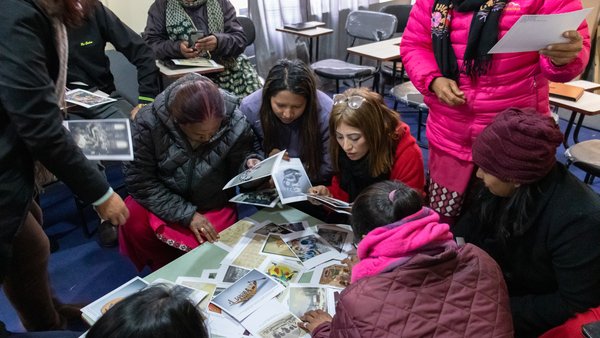
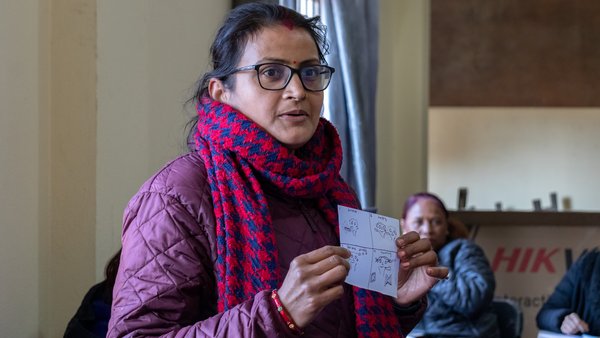
In the following sessions, we introduced activities to assist in reflection and professional development. One such activity was a drawing exercise, where teachers explored and visually represented their sources of stress, happiness, and motivation. This activity not only provided an opportunity for personal reflection but also encouraged a sense of shared understanding among the group. The final day focused on practical training, equipping teachers with hands-on experience in navigating the digital learning platform and incorporating it into their teaching practices.
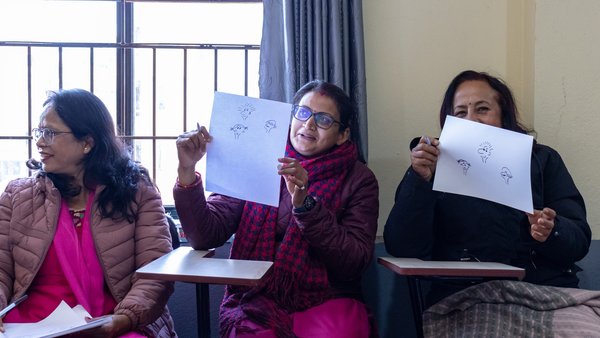
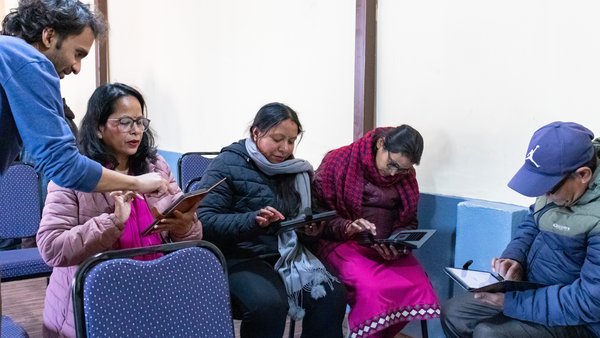
Alongside these activities, critical discussions were also held on the responsible use of technology in classrooms, its potential downsides, and the need for structured guidance in digital learning. Teachers highlighted both opportunities and challenges, emphasizing the importance of thoughtful implementation and ongoing training. These conversations reinforced the need for continuous professional development, ensuring that technology serves as a bridge to meaningful learning experiences.
Throughout our time with students at the school, we conducted workshops for learners from Early Childhood Development (ECD) to Grade 8. These sessions encouraged artistic expressions and allowed students to reflect on different learning methodologies and the role of digital technology in education. In addition to these activities, we aimed to assess their learning needs and better understand their educational contexts. Reflecting on these experiences, the students' enthusiasm and curiosity were the most rewarding aspects of our engagement.
The younger students’ workshop was about exploration of imagination and artistic expression. We screened the stories: “यो कसको आवाज होला?”, “लड्डु र पेडा” and “आमा चामाई” from HRK collection, setting an exciting tone for the activities that followed. Inspired by these stories, students engaged in an alphabet-based drawing exercise, transforming letters into creative visuals.
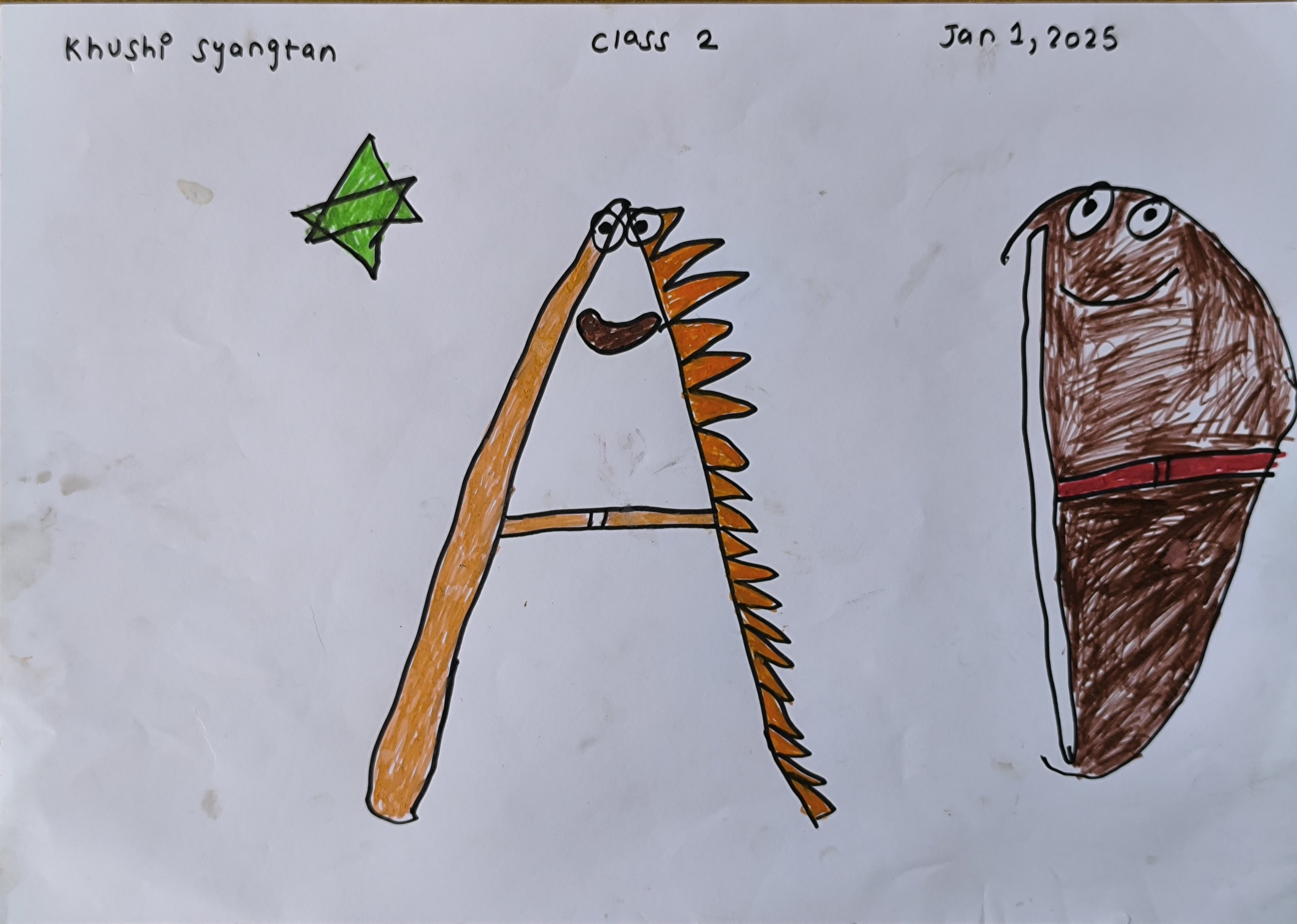 |
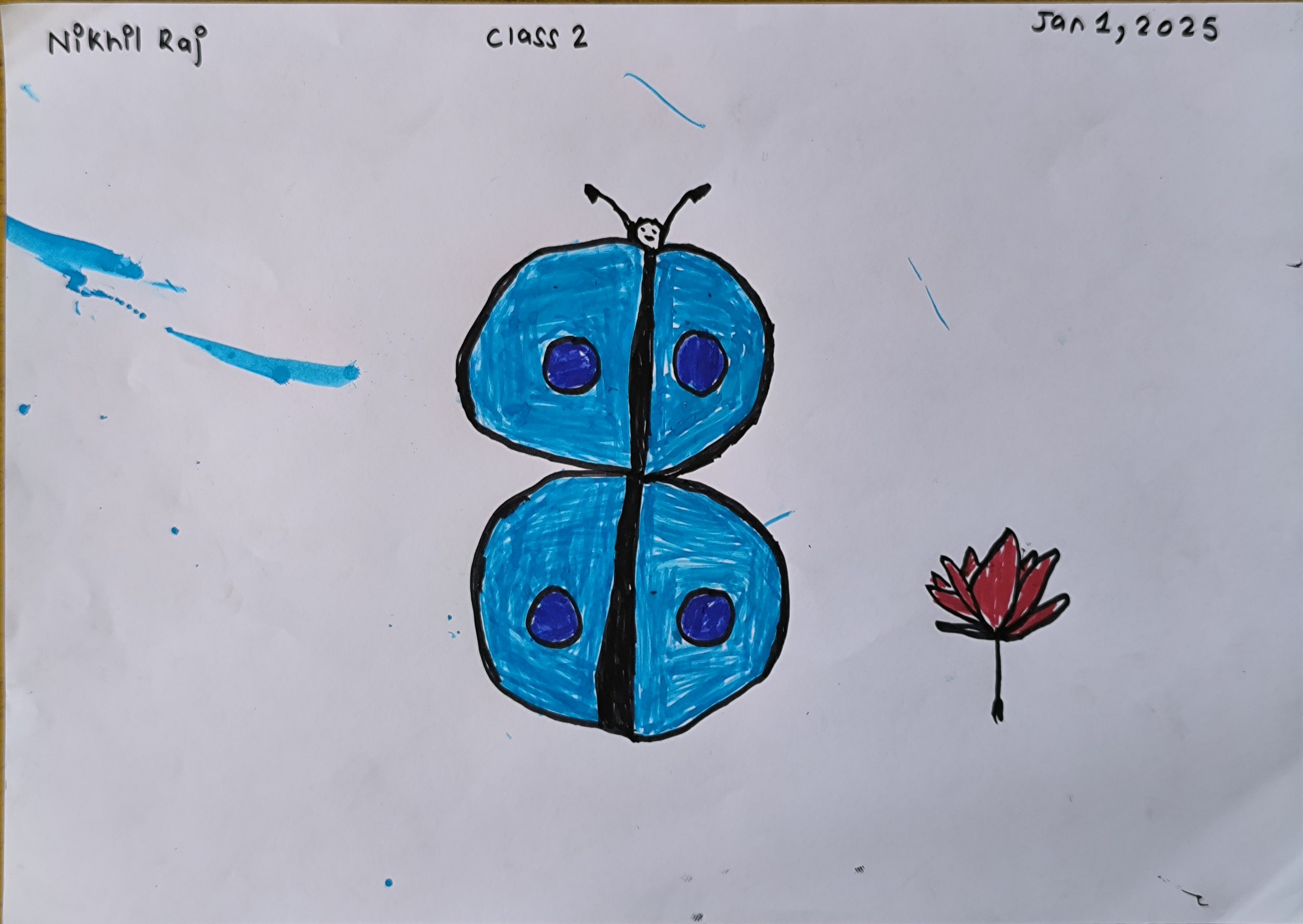 |
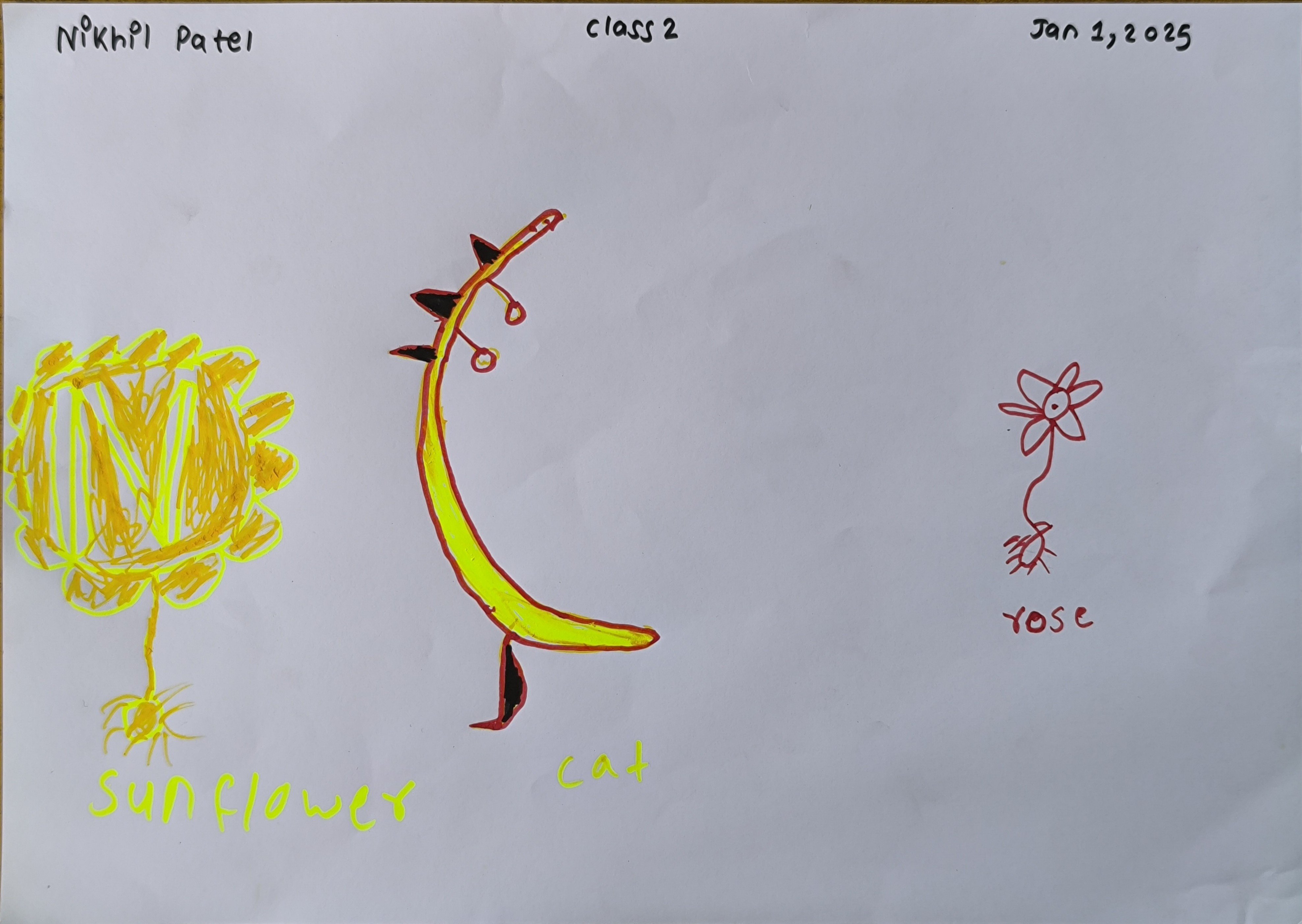 |
Some students experimented with different letter formations, others reinterpreted visuals from the videos, and a few added personal touches to their artwork. Their creations reflected a diverse range of color choices, unique perspectives, and a sense of storytelling. These moments reaffirmed how visual storytelling can enhance learning and self-expression at an early age. We are now working on integrating these creative expressions into our digital learning platform, using a similar art style and developing interactive exercises to further enhance early learning and engagement.
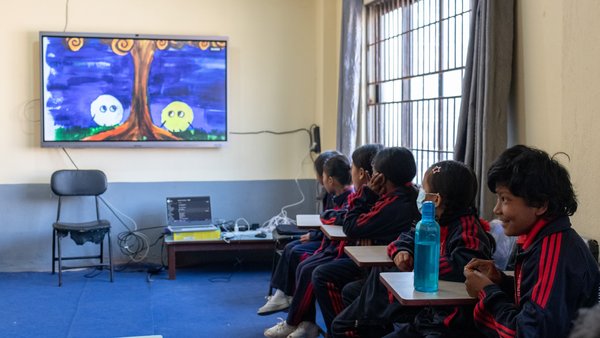

In working with Grade 4 and 5 students, we shifted our focus to understanding different learning methodologies. The session began with a fun icebreaker, where students introduced themselves using adjectives. Divided into four groups, each student was given an adjective from A to Z and used it to describe themselves (e.g., “Hello, I am Happy…”). The rest of the group would then use the adjective and add their name, creating a lively atmosphere.
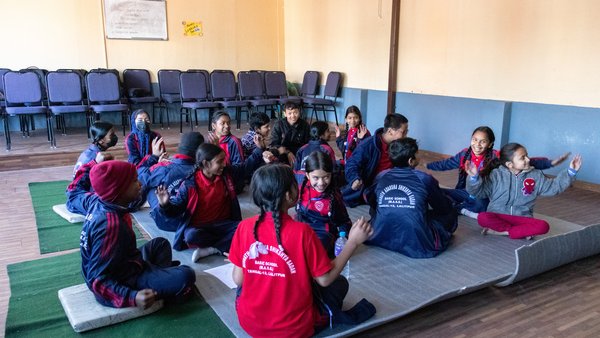
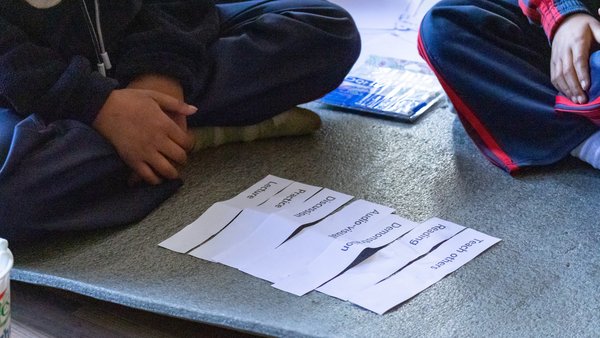
The other activity, the Learning Methods Pyramid, invited students to rank various ways of learning. It was insightful to see peer discussions and teaching emerge as their top choices, while traditional lectures ranked at the bottom. The day concluded with a reflection activity, where students expressed an appreciation for digital learning, highlighting the value of integrating technology into the classroom. It is a reflection that reinforces its potential in shaping more engaging learning experiences.
With Grade 6 and 7 students, we focused on critical thinking and collaborative activities. The Art Card introduction served as a creative icebreaker, where students selected a card and used it to introduce themselves. We then explored the HRK video "म किन स्कूल जाने र?" (Why Should I Go to School?), followed by discussions about the value of education. It was inspiring to hear the students' responses, which ranged from academic motivations to the social connections they valued, such as friendships and a curiosity to learn.
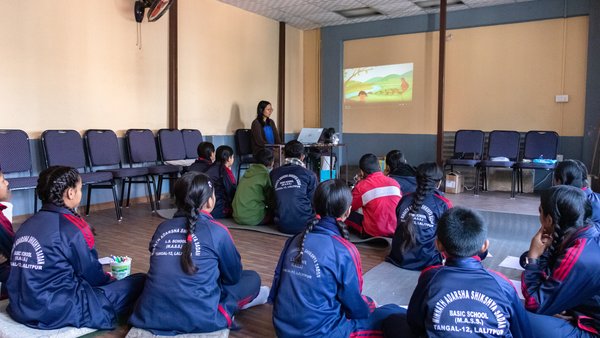
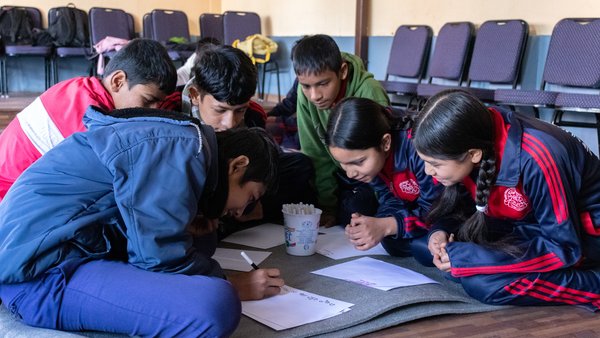
As we transitioned into digital exploration, students were introduced to E-Paath and E-Pustakalaya, and they seemed enthusiastic as they engaged with the interactive resources. They navigated through lessons on E-Paath, learning how to explore different modules and content. This hands-on experience helped them familiarize themselves with the learning tools made available.
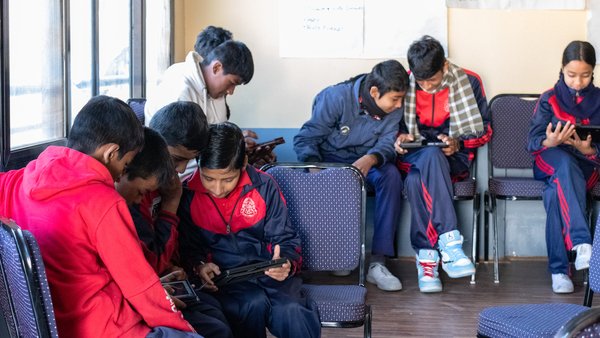
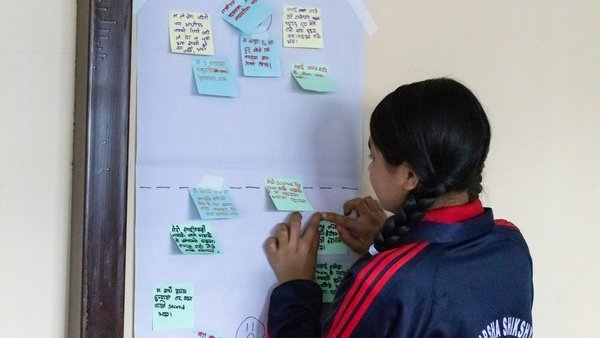
In the learning platform, we curated a collection of books from earlier grades, offering students a wide range of content to explore. The goal was to not only introduce them to the platform but also encourage self-reflection. After engaging with the materials, students were prompted to reflect on their learning journeys by identifying both their successes and challenges in each of their previous grades. This reflection process allowed them to assess their progress, recognize areas of strength, and pinpoint aspects where they faced difficulties throughout their learning journeys in the school.
The two-day workshop with Grade 8 students provided a space for self-reflection, encouraging them to explore their existing skills and envision new ones. Through interactive activities like the "gesture dance" icebreaker followed by discussions on skill development, students categorized their abilities into six key areas: everyday life, technology, organization, academics, creativity, and social-emotional skills. Next, the E-Paath skill-mapping activity helped them connect their learning experiences to real-world applications and after that, the "Skill Wall" exercise allowed them to validate and identify their strengths in specific skills. In the "Dream Skills" chart, they reflected on their aspirations, setting personal learning goals for the future. While some found it challenging to think critically about their skills, the workshop brought up meaningful conversations about growth and potential. It concluded with an exhibition of their insights, reinforcing the importance of continuous learning and self-improvement.
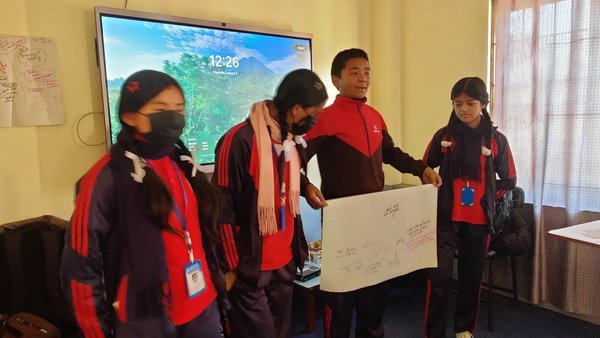
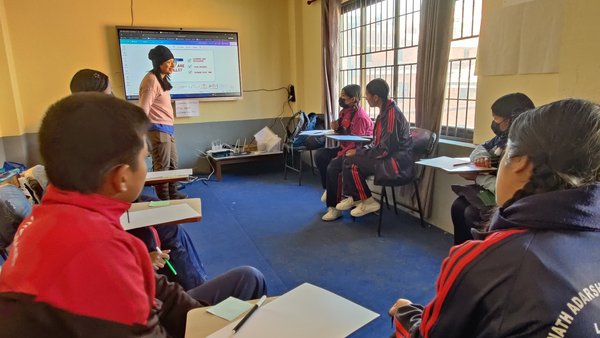
Additionally, the FGD participated by 11 students and facilitated by 2 of our team members offered insights into students' evolving perspectives on education and their aspirations. While many saw schooling as a path to a secure future, they also acknowledged alternative routes to success, such as learning from family, cultural traditions, and personal experiences. They expressed a willingness to learn from a more skills-based curriculum, emphasizing subjects like music, cooking, and financial literacy alongside regular academics. Some questioned the relevance of certain subjects but recognized the value of conceptual understanding over rote memorization. Through these discussions, students revealed a nuanced understanding of success, balancing formal education with real-world skills.
A survey of 62 students from grades 2 to 8 assessed their foundational learning skills in numeracy, Nepali reading, and English reading at the Grade 2/3 level. The results revealed that while 31% of students demonstrated foundational numeracy skills, there remains room for improvement. Nepali reading was relatively the strongest area, with 53% of students showing proficiency. However, English reading posed the greatest challenge, with only 10% of students demonstrating basic comprehension skills. These findings highlight the need for targeted interventions, particularly in foundational learning skills, to support students in developing basic language and numeracy abilities. To address these gaps, we are actively developing courses aimed at enhancing literacy and reinforce overall foundational skills.
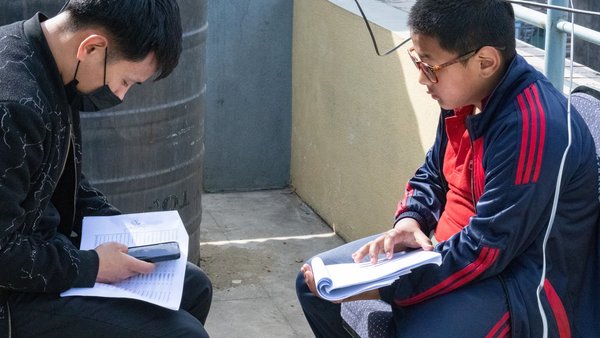
With the completion of the first phase of activities at Minnath Adarsha Sikshya Sadan Basic School, we gained insights into the learning needs and educational contexts of both students and teachers. The activities we conducted provided an understanding of the skills and knowledge gaps that need to be addressed in the upcoming phases of our project. We are currently moving forward with the development of targeted courses to meet these identified needs. The next step involves conducting user testing at the school with both students and teachers to further refine these courses. This will ensure they are not only relevant but also practical in the classroom. Through ongoing training and iterative feedback, we aim to continually improve the digital learning experience that benefits students and teachers alike.
We are thankful to our partner ONGD-FNEL for their support, as well as to the stakeholders at Lalitpur Metropolitan City for their collaboration. Our sincere thanks also go to the teachers, students, and the entire school community of Minnath Adarsha Sikshya Sadan Basic School for their participation and support. Their involvement has been invaluable in carrying out the project activities, and we look forward to working together further in creating meaningful learning opportunities for all.
To view more photos from the field visit, click here to view the gallery.